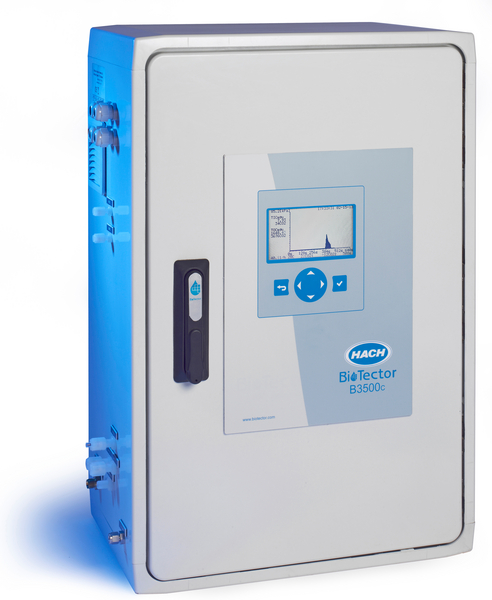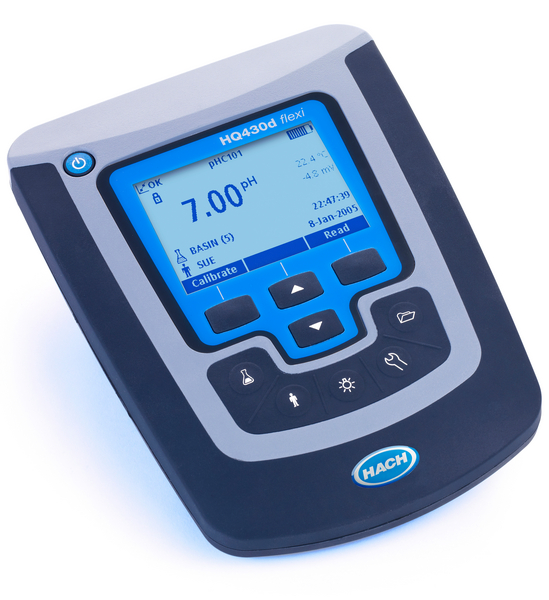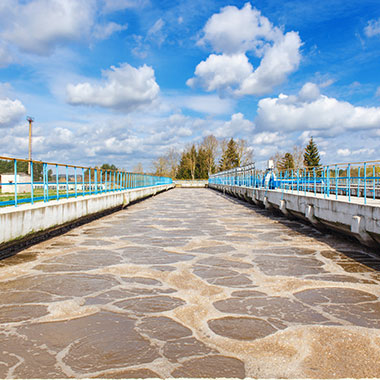-
English (US)
Choose your country or region:
Europe
Asia - Australasia
Middle East - Africa

Biochemical oxygen demand (BOD) analysis is a crucial parameter in ensuring that wastewater treatment has been effective and meets regulatory requirements, offering insights into organic pollution levels and allowing you to reduce both environmental and regulatory risks. Hach® provides comprehensive solutions for BOD analysis, including online analyzers, benchtop instruments, and advanced sensors. Our BOD analyzers are tailored for both municipal and industrial wastewater treatment, ensuring efficient monitoring of BOD levels.
When effluent wastewaters are discharged into the environment, they can introduce pollution in the form of organic content to receiving waters. Accurate and precise BOD measurements help ensure that your processes are removing what you need to in order to meet your discharge limits, which could results in regulatory fines and negative environmental impact if not met.
Hach's IntelliCAL LBOD101 optical dissolved oxygen probe enhances confidence in the BOD testing procedure, offering reliable insights into BOD levels.

Complete online solutions for your BOD analysis needs.

Benchtop instruments can provide fast, accurate BOD measurements when quick results are needed.

The Hach IntelliCAL LBOD101 optical dissolved oxygen probe improves confidence in the BOD5 testing procedure.
Influent waters entering wastewater plants are high in organics and the wastewater plant must reduce the "organic loading" before discharging water back into a receiving body.
Oxygen demand is useful for measuring waste loadings, evaluating the efficiency of the treatment processes, and ensuring effluent compliance.
Clarifiers, or sedimentation basins, slow the flow of the wastewater to allow suspended solids to settle. Surface skimmers collect any floating fats, oils and greases. With the use of this mechanical and physical means, approximately 30% of organic matter is removed from the wastewater and is routed to the solids management area of the plant. Clarifiers, or sedimentation basins, slow the flow of the wastewater to allow suspended solids to settle. Surface skimmers collect any floating fats, oils and greases. With the use of this mechanical and physical means, approximately 30% of organic matter is removed from the wastewater and is routed to the solids management area of the plant. By monitoring BOD in the primary treatment, the wastewater facility can control the efficiency of this process.
This process uses living organisms to aid in reducing organics. In the aeration basin, bacteria and microorganisms convert biodegradable organic matter to carbon dioxide and water. With this conversion, organics are reduced, therefore reducing oxygen demand.
Discharge limits vary from plant to plant depending on the characteristics of the receiving water, effects on aquatic life, recreational uses and other factors. Discharge permits may stipulate a specific maximum effluent concentration for BOD or COD, pounds loading, and/or a percent removal.
For compliance, it’s necessary to measure BOD or COD of the influent water as it enters the plant, before mechanical screening processes, and at the effluent of the facility at the designated discharge sample location. If the oxygen demand of effluent exceeds discharge limits, regulatory agencies may impose fines. USEPA also allows the use of TOC when it is correlated with BOD or COD.
When selecting a method for analyzing oxygen demand, it’s important to consider the following:

Contact us for tech support, service, sales, or to get a quote.